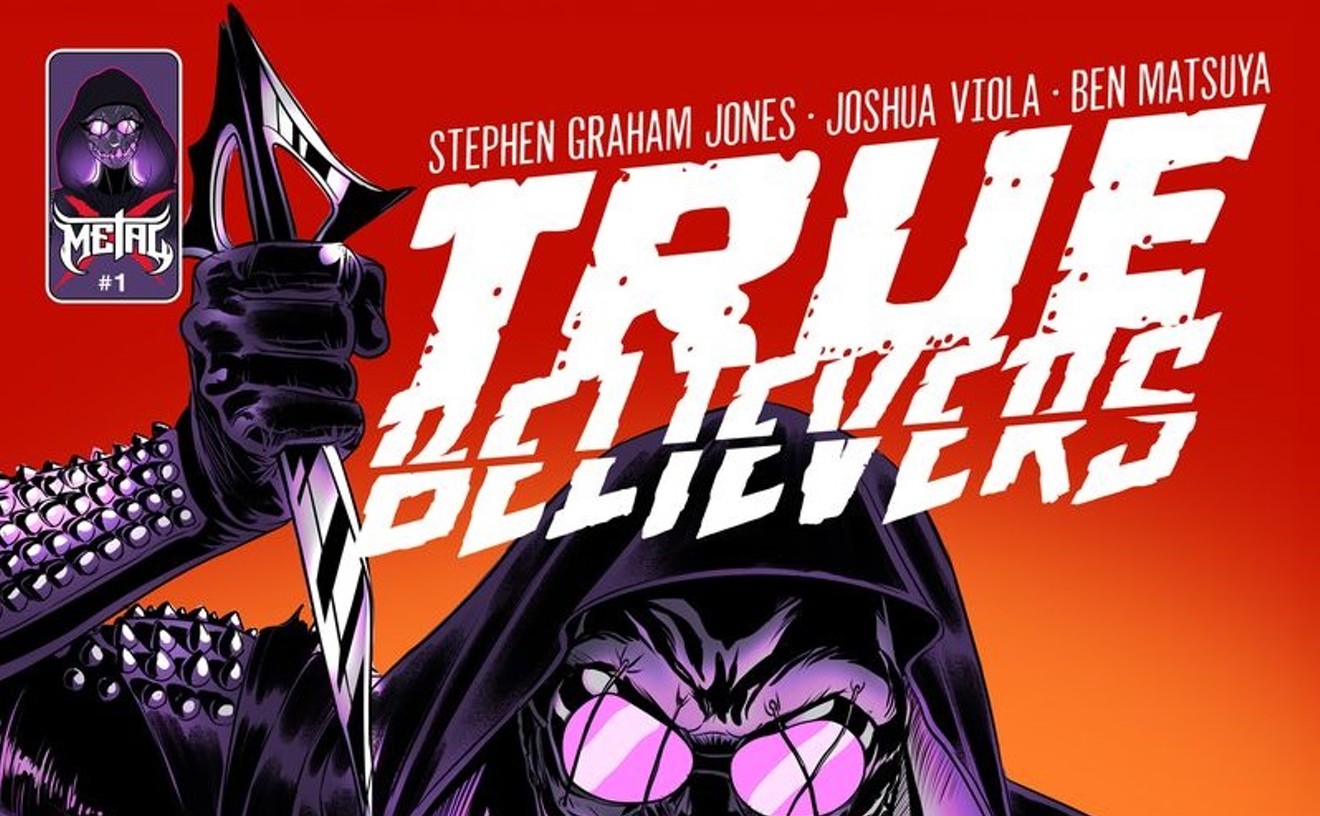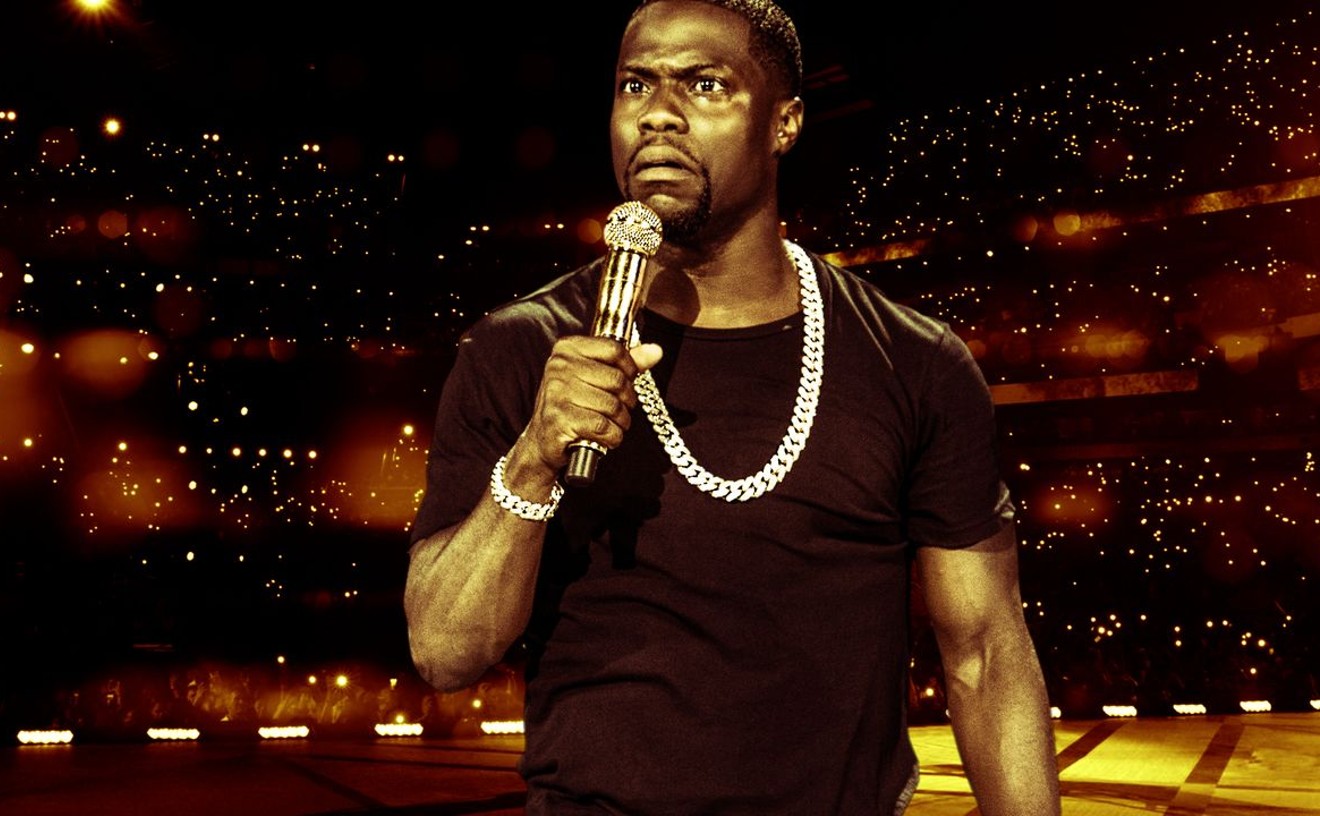Colorado Art Survey. Over the years, Kirkland Museum director Hugh Grant has relentlessly sought out and acquired new things for the institution's permanent collection. In the current exhibit, Colorado Art Survey, he shows off some of these conquests and brings other things out of storage. There are some rarely seen paintings by the museum's namesake, Vance Kirkland, including unusual images such as the one capturing the nudist colony that was once near Red Rocks; another shows an owl. There are also historic and contemporary pieces by fellow Colorado artists Elisabeth Spalding, James Duard Marshall, Charles Bunnell, Barbara Locketz, Dale Chisman, Ania Gola-Kumor, Amy Metier and Robert Delaney. Finally, there are some remarkable pieces of decorative art, notably an out-of-this-world "Arabesque" chair in outrageous original fabric by Folke Jansson. Grant has also taken some objects in as loans from collectors, the most significant of which is a 1903 Van Briggle lamp, complete with its pierced-metal shade. Through August 22 at the Kirkland Museum of Fine & Decorative Art, 1311 Pearl Street, 303-832-8576, www.kirklandmuseum.org.
Exposure. Eric Paddock is the Denver Art Museum's first full-fledged photo curator to head up his own new department. To unveil the permanent gallery for photography in the Ponti tower, he's put together Exposure: Photos From the Vault, highlighting a range of gems from the DAM's collection. Collected in fits and spurts, the museum's photo holdings are very uneven, but as Paddock proves with this show, there are a lot of masterworks in it anyway. As could be expected, considering the impressive Wolf Collection of early Western landscapes, there are quite a few pieces by the pioneers of that field. And there are a number of well-known photos by famous modern photographers like Diane Arbus, Ansel Adams and Garry Winogrand. Another important feature is the inclusion of many Colorado photographers, including Kevin O'Connell and Wes Kennedy. This aspect is not unexpected coming from a curator who spent most of his career at the Colorado Historical Society. Through October 31, at the Denver Art Museum, 100 West 14th Avenue Parkway, 720-865-5000. www.denverartmuseum.org. Reviewed May 20.
Linda Fleming and Katy Stone. The current pair of shows at Robischon delve into the field of conceptual abstraction with two artists who create three-dimensional objects, not all of which could be called sculptures. Up front is Linda Fleming: Lingering, made up of some recent works by this part-time Colorado artist. In the center spaces is Katy Stone: New Work, highlighting ephemeral pleasures from the noted Seattle artist. Fleming is part of the history of contemporary art, having built her studio in the Libre artist collective in 1968. The pieces in Lingering, though mostly made of steel, are almost insubstantial owing to all the piercing Fleming has done to the forms. These openings allow negative space to play as important a role as the positive space of the materials themselves. As unusual as the Flemings are, Robischon has found the perfect companion for them in Stone's conceptually related work. The artist is technically making sculptures, but she organizes the mass of material she uses in such a way that they look like paintings. Extened through August 7 at Robischon Gallery, 1740 Wazee Street, 303-298-7788, www.robischongallery.com. Reviewed June 3.
Moore in the Gardens. Henry Moore, who died in 1986, was Great Britain's most important modern sculptor. Born in 1898, he began to create artwork shortly after World War I, becoming internationally famous by the 1930s. Moore was one of a legion of important artists who responded to Picasso's surrealism, but he made the style his own. This traveling exhibit, sponsored by the Henry Moore Foundation, has been installed on the grounds of the Denver Botanic Gardens, with two pieces at the DBG annex at Chatfield (8500 Deer Creek Canyon Road, Littleton). The main part of the exhibit begins in the Boettcher Memorial Center, where a collection of the artist's tools and maquettes are crowded into showcases, and where a single work has been installed in a fountain. Most of the other pieces have been displayed around the gardens. The monumental works, typically in bronze, look absolutely perfect in the landscaped settings, and that makes sense, since Moore himself was a serious gardener. Too bad the DBG can't keep them. Through January 31 at the Denver Botanic Gardens, 1007 York Street, 720-865-3500, www.botanicgardens.org. Reviewed June 17.
The Nature of Things. The official exhibit of the Biennial of the Americas is ensconced in the gutted and lightly facelifted McNichols Building in Civic Center Park. The exhibit was curated by Paola Santoscoy, a native of Mexico City who's fresh out of graduate school at the California College of Art. The show begins outside, with a functional installation by Jerónimo Hagerman maade up of hot-pink banners shading the building's forecourt, which he has furnished with outdoor chairs made of black iron and lime-green cords. Inside is a compelling white assemblage by cypher13 that's composed of constructivist forms based on the shapes of the countries of the Western Hemisphere. Among the most interesting things is Gabriel Acevedo Velarde's "Hijos de la Nada," which creatively documents in video a Peruvian case where teenagers defaced pre-Columbian ruins and then posted their exploits on YouTube. Though the show is dominated by international artists, appropriately, two from Colorado are included: Joseph Shaeffer and Clark Richert. It's well worth seeing. Through July 31 at the McNichols Building, 144 West Colfax Avenue, www.biennialoftheamericas.org. Reviewed July 15.
Objectophilia. Lauri Lynnxe Murphy curated this bifurcated Biennial of the Americas show, which has been installed in two separate spaces. The idea behind it is stored energy, or energy that's already been expended. Murphy, who interpreted her topic to be art for, by or about pre-existing objects, was drafted into doing this show because of pressure put on the Mayor's Office of Cultural Affairs by the art community. Many locals thought Colorado artists had been marginalized in the Biennial, so Murphy's show is dominated by artists from the area, and it proves that first-rate stuff is easy to find here. The strongest part of the show is in the building across from the MCA; Murphy was able to take charge of this smaller space in a way that she was unable to in the larger one. Through July 25 at Capsule, 1490 Delgany Street and 1900 16th Street, www.biennialoftheamericas.org. Reviewed July 15.










